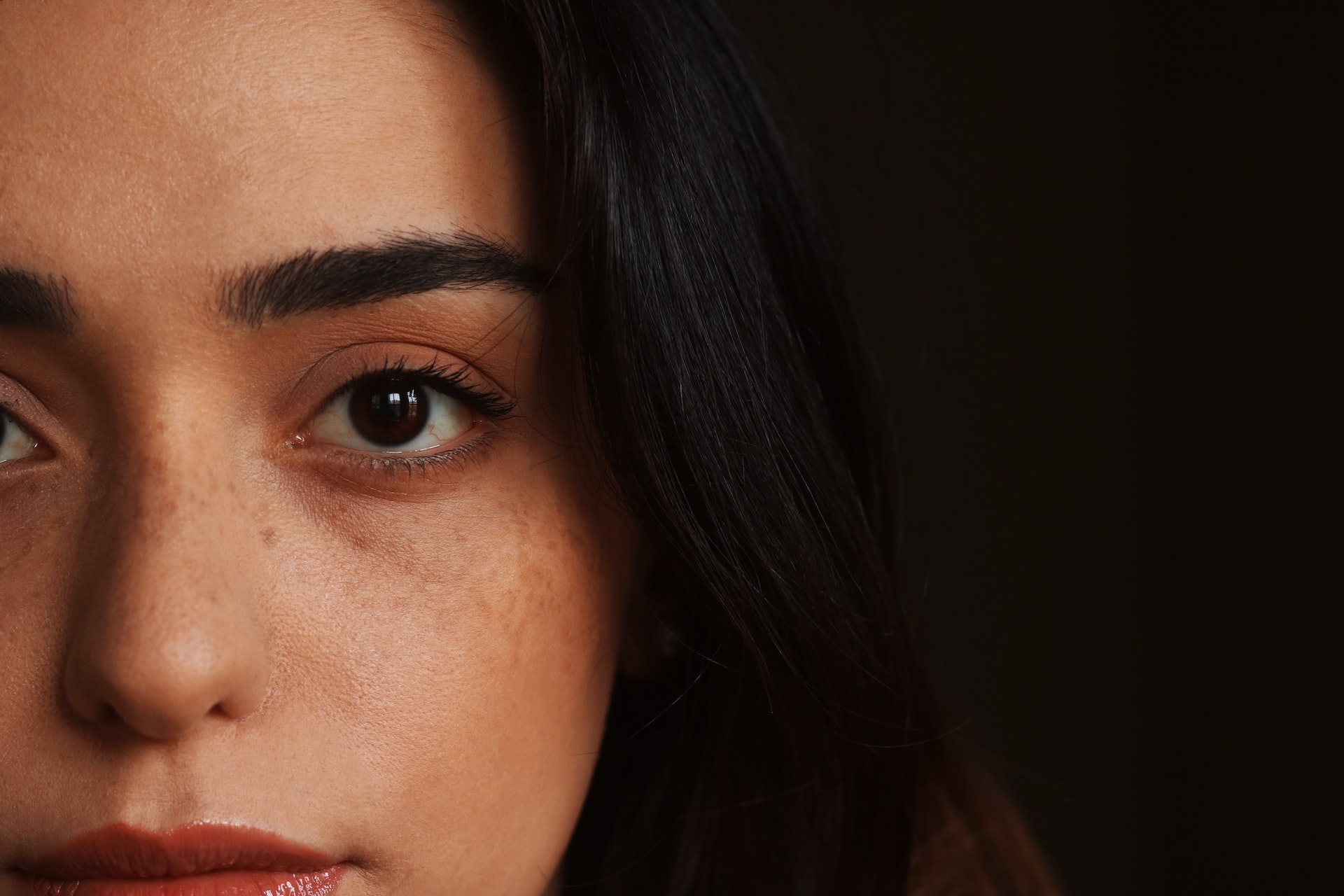Tai Chi and me
Principle 1: Relax

More than 30 years ago, I enrolled in my first tai chi class. This practice, along with yoga and nutrition, introduced me to the fact that health originates from one’s center, and that what we do constitutes our most powerful medicine for life. Tai chi means literally the “supreme ultimate” or the “ultimate energy” and serves as a balancing health practice, a moving meditation, and a formidable martial art.
The movements of tai chi develop ease, balance and power. The key to tai chi practice is allowing each movement to be guided by certain principles. The foundational principle of tai chi, and possibly the most underestimated, is RELAX.
My first tai chi instructor used to say, “The first principle of tai chi is relax. If you can fully embody it, you don’t need the others.” As an acupuncturist and bodyworker for over 30 years, I can attest that this applies not only to tai chi practice, but to almost every facet of life and health.
A meditation teacher told this story: An old grandfather had never flown before, so his kids got him a plane ride so he could finally experience it. He went up in a small Cessna and flew for about an hour. When he returned, his kids asked him what he thought of the ride. His response, “It was pretty cool, but I didn’t quite trust that little plane ... so I never let my weight down all the way.” Most of us go through life this way, not quite trusting, always bracing against uncertainty, worry and life’s many ever present adversities.
Tensions mount in layers
As we age, tensions quickly mount and layer, to the point where we tighten without even being fully aware why. I would refer to an old friend from college, one of my first massage clients, as “pipe-cleaner man” because he reminded me of the little figures I’d form as a kid from my dad’s fuzzy wire pipe cleaners. I would lift my friend’s arm and then just let it go and it would just stay suspended in the air — and he didn’t even realize it. I’ve since had hundreds of clients holding similar tensions, even in the midst of thinking they were completely relaxed.
In my acupuncture practice I tend to look at tension as a function of the liver energy. This energy manages toxicity in all forms, and seeks to ensure an even flow to body and mind. When something stagnates or blocks flow, within or without, the response is to act, to seek to manage and control the problem and restore balance. When we perceive a problem, but can’t quite resolve it, we seek control wherever we can find it. Our muscles tighten, preparing to act, but often find no productive action. So we brace against the problem, and that tension — unfulfilled and multiplied by life — becomes chronic and unconscious. As an example of this phenomena, watch the news and pay careful attention to how often your body, shoulders, neck, jaw, belly tighten and brace against the problems over which you can have little effect. (One study by a Harvard researcher showed that watching just three minutes of negative news in the morning makes one 27 percent more likely to say their whole day was bad.)
As tension multiplies, it constitutes an ever-increasing expenditure of energy which itself impedes free movement, reduces focus, blocks circulation and ultimately wears us out. We become a house divided against itself.
Restorative movement
Tai chi uses movement to restore relaxation and ease. The key to this process is awareness, the reason tai chi is considered a moving meditation. Stop and notice your body. Are your shoulders relaxed? Your jaw? Is your breathing full and easy? Most of us are exerting some degree of unnecessary tension all the time.
The process of relax in tai chi is one of subtraction. Moving very slowly, we systematically remove effort and tension from the movement, retaining only the minimum necessary energy and intention to achieve the movement. This includes the whole body. I stand and lift my arm, letting go of every effort and tension that doesn’t serve that particular movement. In this sense, the practitioner becomes the movement and lets everything else fall away. Doing tai chi, you become tai chi. The body and mind become unified in a single action, a unitary practice. Unified, you become at ease yet powerful, focused and efficient.
The accumulation of tension pervades life, so the practice of ease is endless. After 30 years there is still always more to let go, always another layer. But the practice, like tension, accumulates. Stresses make less impact, and the body and mind become more steady, grounded and resilient. All actions begin to embody the practice. In China, tai chi is considered a longevity practice, with a lore that includes many masters living youthfully far beyond a hundred years.
I find it useful to give my acupuncture and bodywork clients a tai chi move or two as homework. The practice helps sustain the balance and ease achieved in treatment and allows the client to be proactive toward their own health. In coming articles I’ll discuss more principles of tai chi movement, but they all begin and end with: RELAX.
Jeff Patterson, L.Ac., Dipl. Ac., has been an acupuncture specialist for more than 20 years. Before he practiced acupuncture and massage, he taught tai chi to college students and senior citizens. You can contact him at 618-223-9735 or acupuncturejeff@earthlink.net.

































